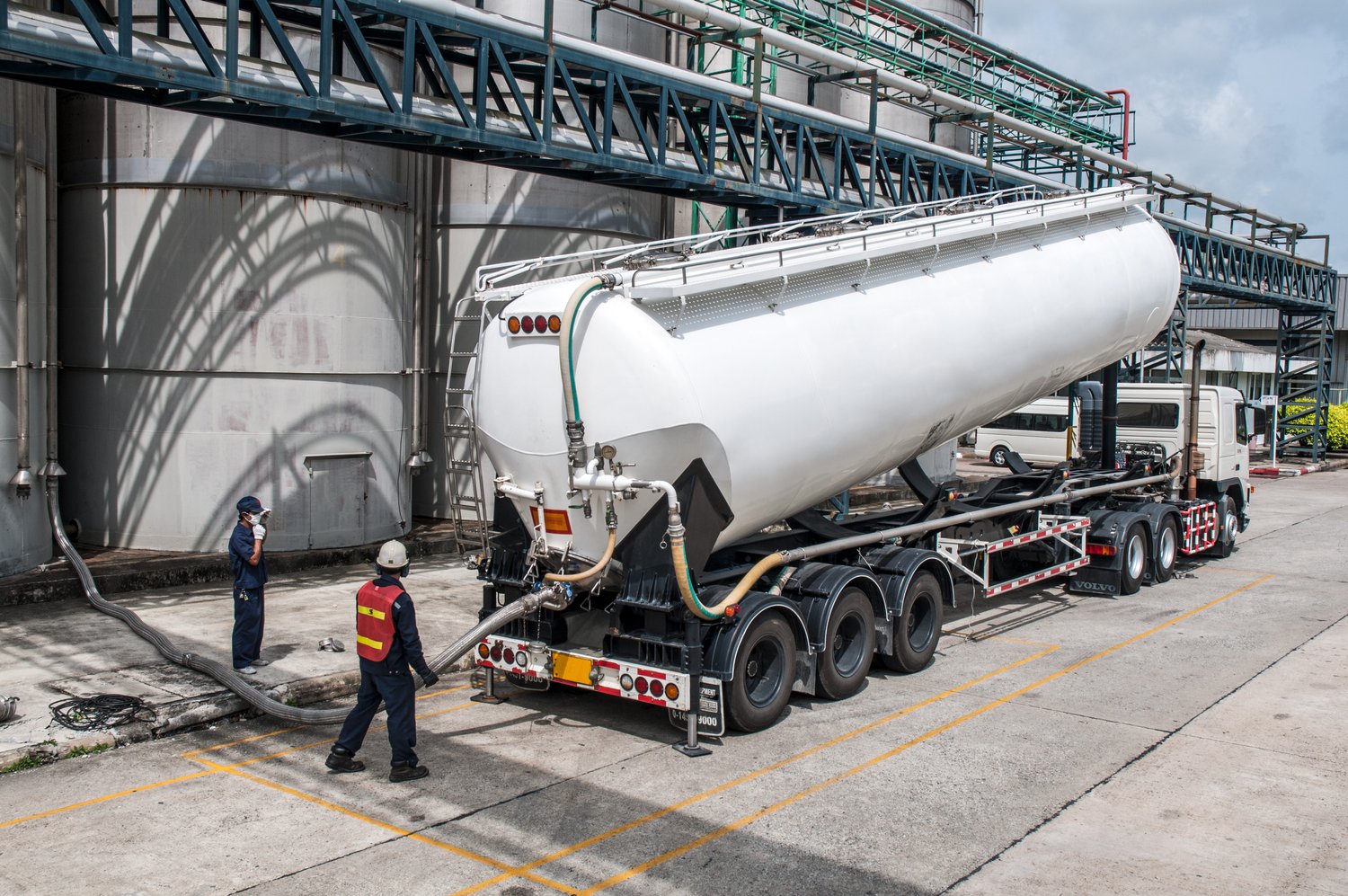On Road Diesel
(Clear Diesel)

What is On-Road Diesel?
On-road diesel, also known as “clear diesel” or “white diesel,” is a type of diesel fuel designated for use in vehicles that operate on public highways and roads. Unlike dyed diesel, clear diesel is not tinted and is subject to federal and state road taxes. These taxes contribute to the maintenance and development of public transportation infrastructure, such as highways, bridges, and roadways.
The Purpose of On-Road Diesel:
The main purpose of on-road diesel is to power vehicles that use public roadways, such as commercial trucks, buses, delivery vehicles, and diesel-powered passenger cars. Since these vehicles contribute to wear and tear on public roads, the taxes applied to on-road diesel help fund transportation infrastructure and ensure proper regulatory oversight.
Common Uses of On-Road Diesel:
On-road diesel is essential for a variety of industries that rely on transportation and logistics. Typical applications include:
-
Trucking and Freight: Long-haul and regional trucking companies use on-road diesel to fuel semi-trucks and transport goods across the country.
-
Public Transportation: Many city and regional transit systems operate buses and shuttles powered by on-road diesel.
-
Delivery and Service Fleets: Businesses such as parcel delivery, utility services, and waste management depend on diesel-powered fleets to maintain daily operations.
-
Diesel Passenger Vehicles: Some consumer vehicles, including pickup trucks and cars, are equipped with diesel engines designed for on-road use.
Regulations and Compliance:
Because on-road diesel is taxed, its use is closely monitored by state and federal authorities. Fuel retailers and consumers must adhere to applicable tax laws and reporting requirements. Using untaxed or dyed diesel in on-road vehicles is illegal and can result in significant fines or penalties. To ensure compliance, fuel stations clearly label on-road diesel pumps, and enforcement agencies may conduct roadside inspections to test fuel.







